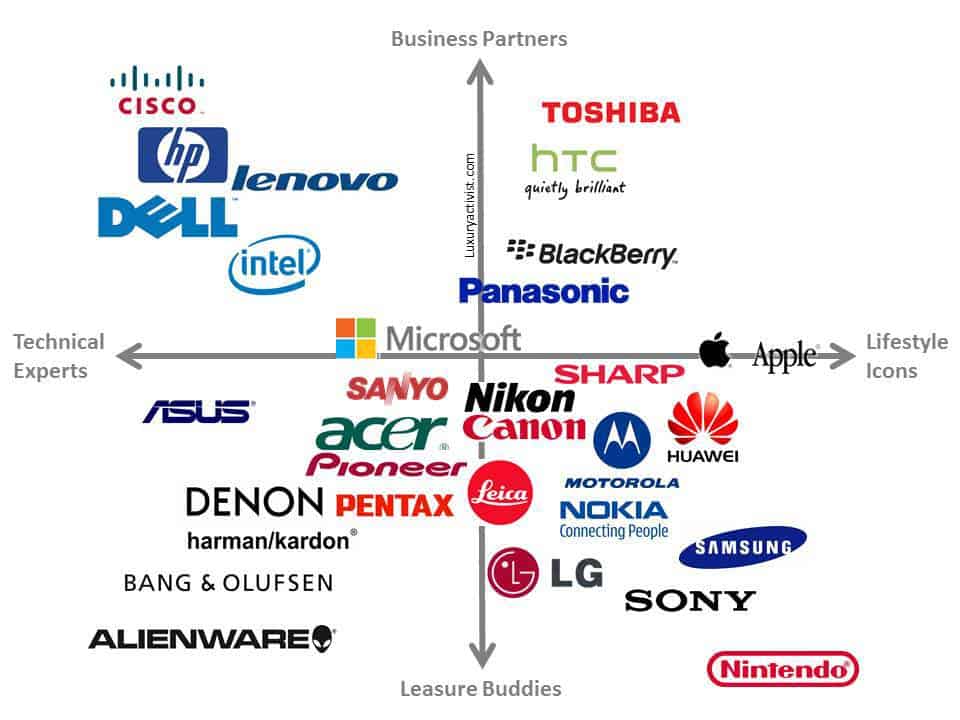Over the past decade, biometric technology has rapidly become a favored tool for digital security. The global market for mobile biometrics is expanding at an explosive compound annual growth rate of 29.3 percent, on track to reach a value of $49.33 billion by 2022. The growth of e-commerce on mobile devices is helping to drive demand for biometric security. Healthcare security is the most popular application, with other important applications including visas and passports, finance and worker access. Here’s a look at some of the ways that biometric security technology is helping protect financial information and other sensitive data.
Fingerprint Scans
Fingerprint recognition is the most popular form of biometric authentication in use today. Leading smartphone manufacturers such as Apple and Samsung include fingerprint scanning as one of their primary biometric authentication options. Fingerprint scanning is the form of biometric authentication most recognized by consumers, which makes it easy for smartphone manufacturers to promote. For this reason, it is likely to retain a lead in the biometric market for some time.
Fingerprint scanning has grown more sophisticated as it has grown more popular, and a number of methods have been developed. The most basic method used optical images and algorithms to detect unique features of fingers such as ridges. This type only captures 2-D images, which are easy to fake, so more recently technology employs more 3-D images, which are harder to duplicate. Apple says its latest Touch ID technology can only be hacked 1 in 50,000 tries, compared to a four-digit passcode which can be hacked 1 in 10,000 tries.
Facial Recognition
While one in 50,000 is relatively secure, it still represents a risk that sophisticated hackers can exploit, so smartphone manufacturers have been developing other biometric identification methods with an aim to increase security. The latest trend in biometric security is facial recognition, which uses 3-D analysis to recognize unique facial features. Facial recognition can be even more accurate than fingerprints. For instance, Apple’s Face ID boasts an error rate of only 1 in 1 million.
In order to work so accurately, smartphones must employ artificial intelligence (AI) to process thousands of 3-D reference points. This requires enormous computing power, so to make smartphones capable of supporting it without relying on the cloud, the latest smartphone processors build AI right into mobile devices. For instance, Qualcomm’s latest Snapdragon processors include an artificial intelligence platform specifically designed to support facial recognition and other biometric security applications.
Voice Authentication
Artificial intelligence can also be used to support biometric voice authentication. Voice authentication uses AI to analyze unique speech patterns and verify the identity of a speaker. This provides a convenient way to verify user identity without requiring touch-based entry. Voice authentication is being used to set and reset passwords, manage finances and even patrol the border.
Fingerprint scans, facial recognition and voice authentication are three of the leading biometric security tools available today. Artificial intelligence is enhancing their effectiveness, empowering them to pinpoint your unique identifying characteristics and keep hackers from imitating you. Deploying these technologies can help ensure your financial records and other personal data stay secure and out of the hands of identity thieves.
Carol
info sourced by the author for luxuryactivist.com. All content is copyrighted with no reproduction rights available. Images are for illustration purposes only.







